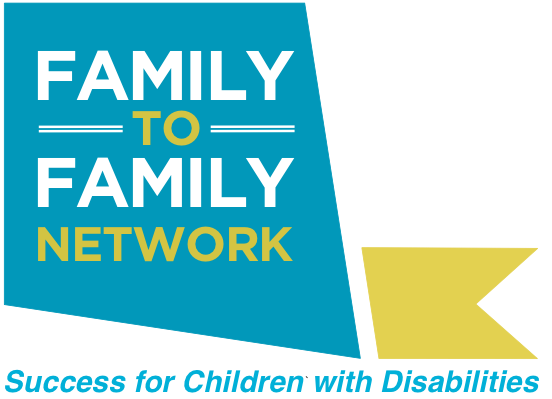There are many children with other needs, like poverty, hunger or homelessness. While we sometimes help families find those basic needs, Family to Family Network’s primary mission is to help families navigate the world of disability:
- For education – Individuals with Disabilities Education Act (IDEA)
- For long term services – Formally provided by Dept. of Aging & Disability Services (DADS), now by the Health & Human Services Commission
- For post secondary – Office of Disability Services at university/college
- For employment – Dept. of Labor Office of Disability Employment Policy
The only place you will see us use the term “special needs” is in referring to a type of trust you set up for a child with a disability.
Why are you using the word “special needs” when you refer to your child?
What does that imply? How does it make people feel when you use it?
If it is pity – we don’t want that for your children or any other person with disability. Let’s change how we speak about people.
Read More here:
“When Special Isn’t So Special”
by Leslie P., Texas Project FIRST

